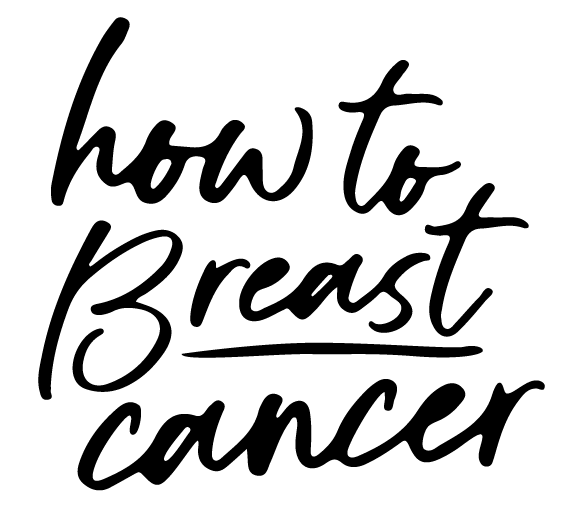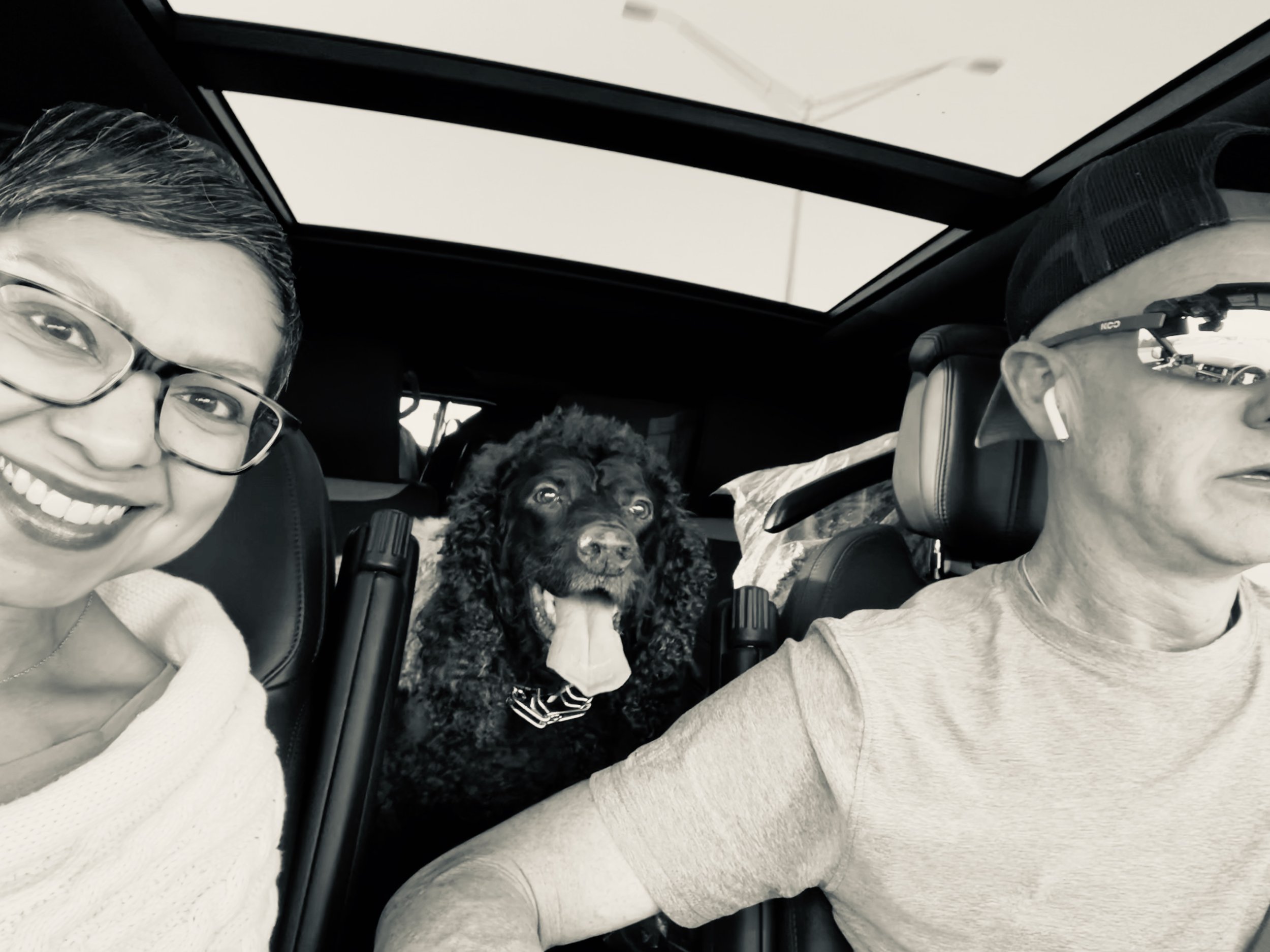On The Road with Chemo...Let’s go!
“Oh, the places you’ll go”
— Dr. Seuss
When you’re on a regular cancer-treatment routine, it can often feel as if you are permanently tethered to the infusion chair. We’ve got some good news, you’re not!
For four years now, and approximately every three weeks, I have received some form of chemotherapy, via infusion. In that same time period, because of the initial aggressiveness of the cancer, I have gone through eight distinct “lines of treatment”, equaling approximately ninety-plus infusions. For those that may not know, a “line of treatment” describes the respective cancer-fighting medication(s) administered (typically through infusion), every three to four weeks, for a period of time. The period of time is typically six to eight months for initial chemo and lifelong/ongoing for metastatic cancer-targeted treatments. Metastatic cancer patients are almost always on some form of “line of treatment” for the rest of their lives.
In addition to the fact that cancer treatment is a physically and mentally exhausting process, it can also make you feel as if your life is completely dictated and limited by your treatment regimen. It often becomes increasingly suffocating.
A little over a year ago, I was at my emotional cancer limit and essentially, and as Ray Charles famously sang, needed to “unchain my heart”.
I decided to explore my travel options and break free from the tight grip of the infusion chair. I was not just looking for short travel, say for a weekend or even a week, that, I knew how to do. I wanted to explore life once again as I did before chemo, and even be able to have my treatment elsewhere, if my travel plans were longer than a week or two or three.
And so, it began...
As always, we share a few thoughtful steps, with the intention that these will be helpful to you as you contemplate whether or not to take your chemo on the road.
1 | Speak with your primary oncologist to understand your individual options.
It is important that your oncologist is on-board and completely connected to your plan. I first consulted with my oncologist to see what my options were, if any, and what her professional opinion was regarding my desired extended excursions. She was cautious, but as always, provided me with some sound guidance as to how to find either affiliate cancer clinics or accredited cancer treatment centers in the areas to which I was traveling. Once I knew I had options, I set out to do the work as to what would be right for me.
2 | Do your homework when selecting another treatment center — due diligence is key.
When
Whether you are planning to do a trip for a couple of weeks or longer, it is always good to know of a place in the area you are traveling to that is a reputable cancer center. I started my research on cancer centers located in our vacation destination about four months ahead of my travel plans. If your plans are to travel and actually do a treatment in an area outside of your primary oncology center, the earlier you start your plans the better, including working with your insurance provider to understand what is in/out of network. Worth noting, many insurance providers have broad-ranging plans that cover across multiple states, and are still considered ‘in network’.
Where
I looked for cancer treatment centers that were accredited and had excellent reviews by their existing clients. Once I narrowed down my list, I made an appointment to see the oncologist (at first virtually), so that I could ask questions about how their center administers treatment, their protocols, process, and familiarity with the medications for my treatment.
Who
Because I knew we would be traveling for a few weeks, and thus I would need to have treatment, I wanted to be as comfortable as possible with the doctor and the facility. I also sent all of the details to my primary oncologist, to have an extra set of eyes in the assessment and selection process. Once we were both comfortable, I sent my treatment historical information (including my scans) to the “travel location” oncologist so that they would have all of the details and chemo notes from my primary oncologist.
What
Nearly two years later, we now actually spend more of our time in the ‘vacation location’, and I am pleased to report that the oncologist there and my primary oncologist still work hand-in-hand in successfully administering my treatment.
3 | Traveling with chemo is not for everyone - if it’s not feasible for you, find other ways to take a holiday from ‘the infusion train’.
The key point is to find the space you need, when you need it most, without jeopardizing your treatment regimen. So, if traveling is not feasible for you, speak with your primary oncologist to understand if a chemo holiday (short break from treatment) is available to you and if so, take a staycation! I remember the first chemo holiday I was able to take. It was simply being able to skip one treatment and to me, it was luxurious. The very fact that I knew I had an extra three weeks to actually feel better before my next infusion was glorious, for my body, mind, and soul. On that first chemo holiday, I stayed home and enjoyed every second of that break, somehow feeling that it was possible to have some time-off from ‘the infusion train’.
Key Takeaways
And so, as always, I leave you with one key take away, if you remember nothing else from this article, remember this: learn to take responsible risks along the path of your treatment journey. It is in some of those responsible risks that you will find the best respite!
With love,
Amelia O.



